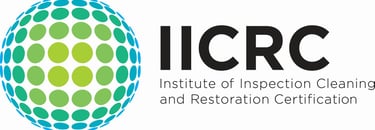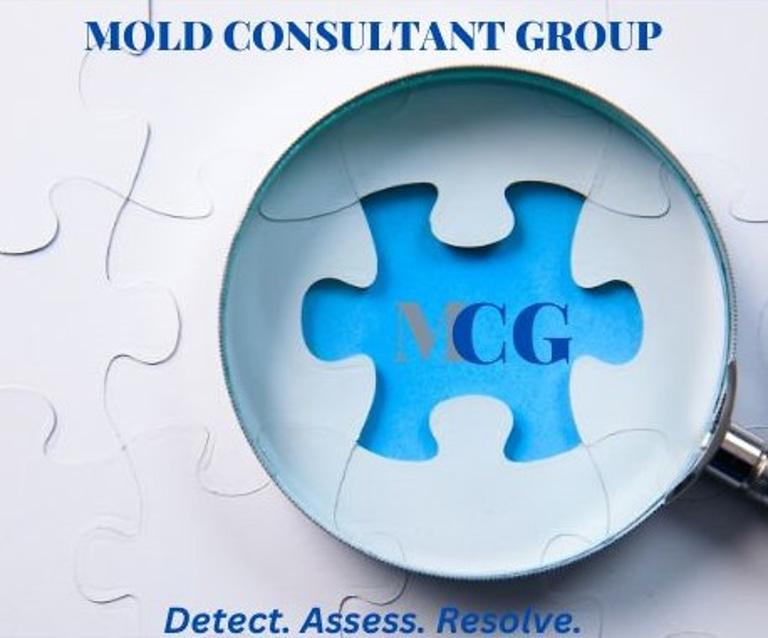Who is Most at Risk from Mold Exposure?
Discover the vulnerable populations at risk from mold exposure and mold allergies. Learn about the factors that increase susceptibility and how to protect those most affected by mold. Understand who is at risk from mold to ensure a healthier living environment.
3/17/20252 min read


Who’s Most at Risk from Mold Exposure? Protecting Vulnerable Individuals in Your Home
Mold exposure isn’t just unpleasant — for certain people, it can be dangerous or even life-threatening. While mold can affect anyone, some groups are significantly more sensitive to mold spores, allergens, and mycotoxins than others.
At Mold Consultant Group, we work with families across Montgomery, The Woodlands, Spring, Conroe, Willis, Tomball, Magnolia, and Cypress to identify indoor mold problems and help protect the people who need it most.
🧬 Why Does Mold Affect Some People More Than Others?
Not everyone reacts to mold the same way. Age, immune function, and pre-existing conditions all play a role. For high-risk individuals, even low levels of mold can lead to serious health complications — especially if exposure is prolonged or occurs indoors where ventilation is poor.
⚠️ Groups Most Vulnerable to Mold Exposure
👶 1. Infants and Young Children
Their immune systems are still developing
More likely to develop asthma or respiratory allergies later in life
Increased risk of wheezing, coughing, or sinus infections
Prevention Tip: Keep nurseries and play areas dry, and respond quickly to leaks or water damage.
👵 2. Seniors and Older Adults
Age-related decline in immune function and lung capacity
Mold exposure may worsen chronic conditions like COPD or heart disease
Often less aware of environmental triggers
Prevention Tip: Inspect senior living areas regularly for mold and maintain proper ventilation and humidity control.
🤧 3. People with Allergies or Asthma
Mold spores can act as powerful allergens and asthma triggers
Common symptoms: sneezing, red eyes, rashes, chest tightness, and difficulty breathing
Mold exposure can increase inhaler use and ER visits
Prevention Tip: Use HEPA filters, keep humidity below 50%, and avoid carpeting in damp areas.
🧑⚕️ 4. Individuals with Weakened Immune Systems
Includes those with cancer, HIV/AIDS, organ transplants, or autoimmune disorders
Greater risk for mold-related infections, especially from species like Aspergillus
Mycotoxins may affect internal organs in extreme cases
Prevention Tip: Avoid mold-prone environments and seek professional remediation for even small outbreaks.
🫁 5. People with Chronic Respiratory Conditions
Includes individuals with COPD, bronchitis, and other lung conditions
Mold spores can irritate airways and worsen symptoms
Breathing may become labored even with low-level exposure
Prevention Tip: Use dehumidifiers and air purifiers, and ensure HVAC systems are mold-free.
🧰 How to Reduce Mold Exposure at Home
Fix leaks quickly — under sinks, in roofs, or around windows
Keep humidity between 30%–50% using AC and dehumidifiers
Use HEPA air purifiers and filters in HVAC systems
Clean damp areas regularly with mold-inhibiting products
Schedule professional mold inspections if symptoms persist or mold is suspected
📍 Serving: Montgomery | The Woodlands | Spring | Conroe | Willis | Tomball | Magnolia | Cypress
📞 Worried About Mold and Health Risks in Your Home?
Call 832-280-4747 or schedule a certified mold assessment at www.moldconsultantgrp.com
Your home should be a safe space — especially for the most vulnerable. Let us help you protect the people (and pets) who matter most.
Mold Consultant Group, LLC
Services
Contact
info@moldconsultantgrp.com
832-280-4747
© 2025. Mold Consultant Group All rights reserved.
Mold testing and identification
Mold assessments
Mold Protocols
Comparative remediation and repair estimates
CAD floor plans and measurements




